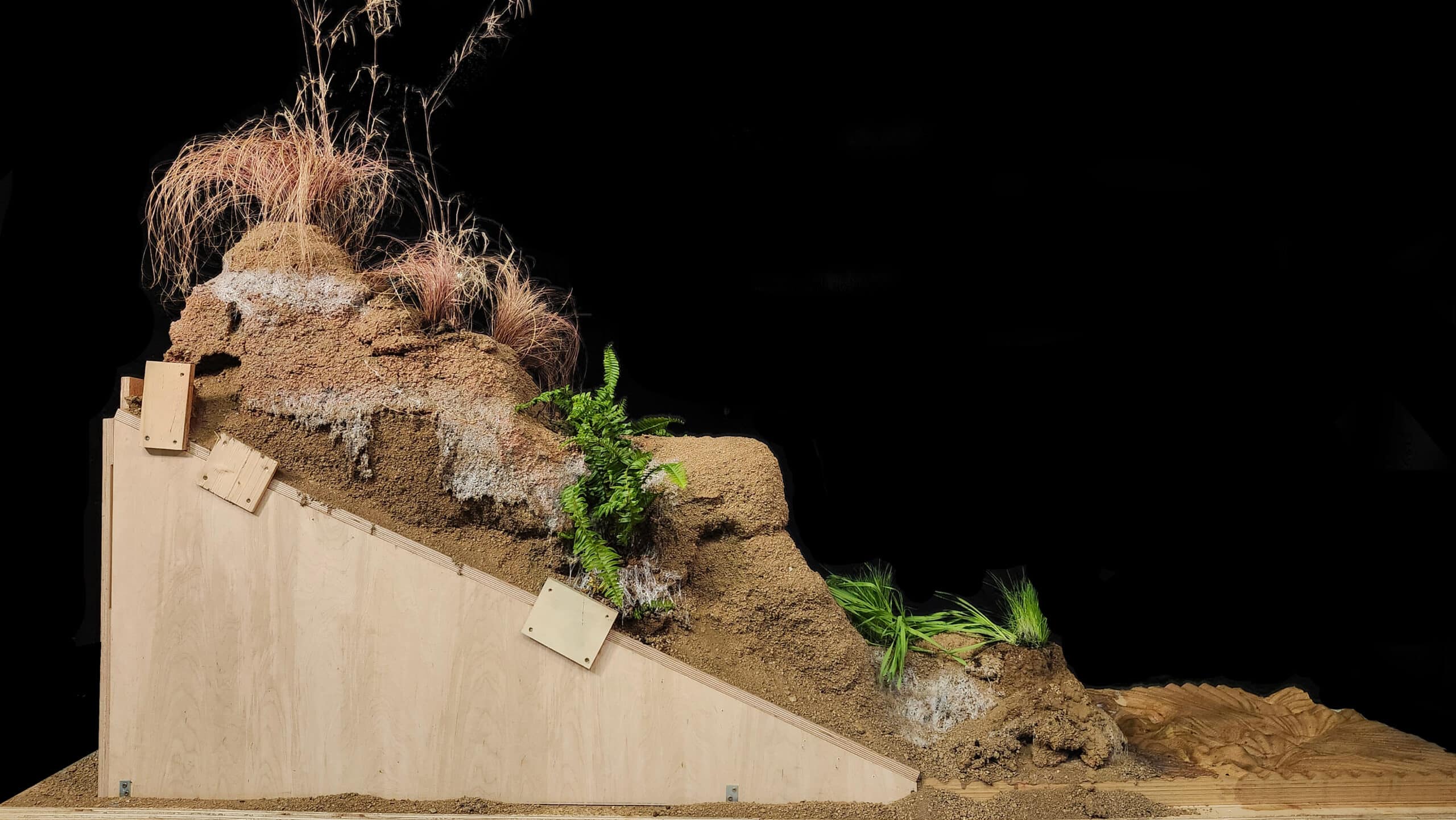An exploration of root structures and material study
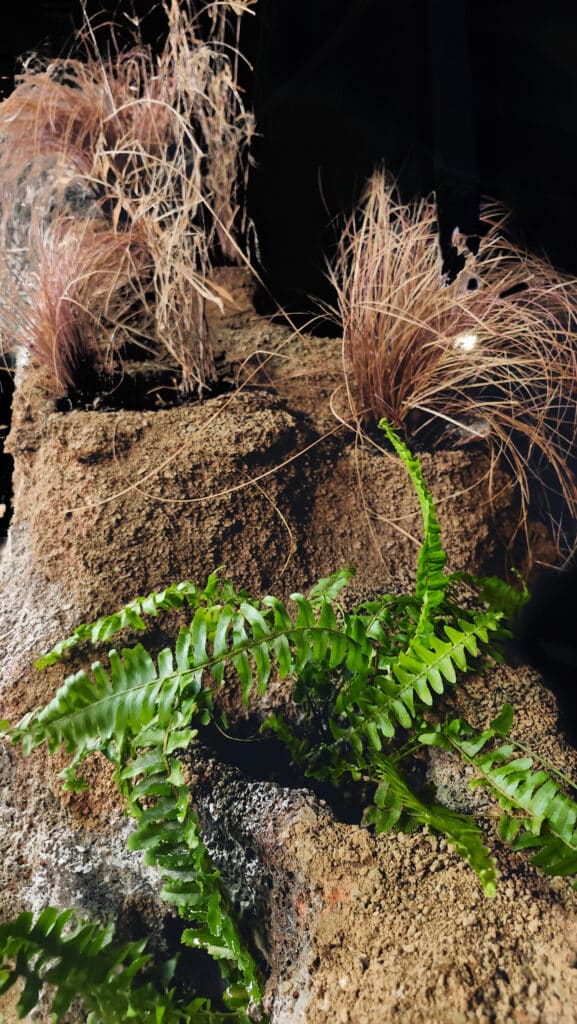
70% of the world’s population lives along coastlines and rivers, out of which, thousands of people get affected yearly due to erosion. However, our marine ecosystems such as mangroves and soils have the capability of storing large amounts of CO2 and provide a barrier amongst erosion.
CAUSES OF EROSION
It is important to understand the 3 main causes of erosion. Manmade industrial practices are depleting our soils, causing the effects of natural tidal fluctuations and high winds to be more significant. This can further increase landslides in clay soils, erosion in sandy soils and collapse in rocky land.

CURRENT SOLUTIONS
There are environmental, ecological and engineered solutions currently being applied. Species such as mangroves store carbon in their roots and slow down tidal impact. In the NL, Nature based solutions of Dikes and Dunes are being implemented to provide a buffer from the coast and breakwaters and seawalls stop the impact of winds and the sea.

WHAT IS MISSING
With the increase in climate fluctuations, species need support to reach full growth. dukes and dikes are creating shortages in land and sand, and breakwaters are depleting ecosystems and causing a loss in biodiversity.

RESEARCH QUESTION

3 POTENTIAL SITES
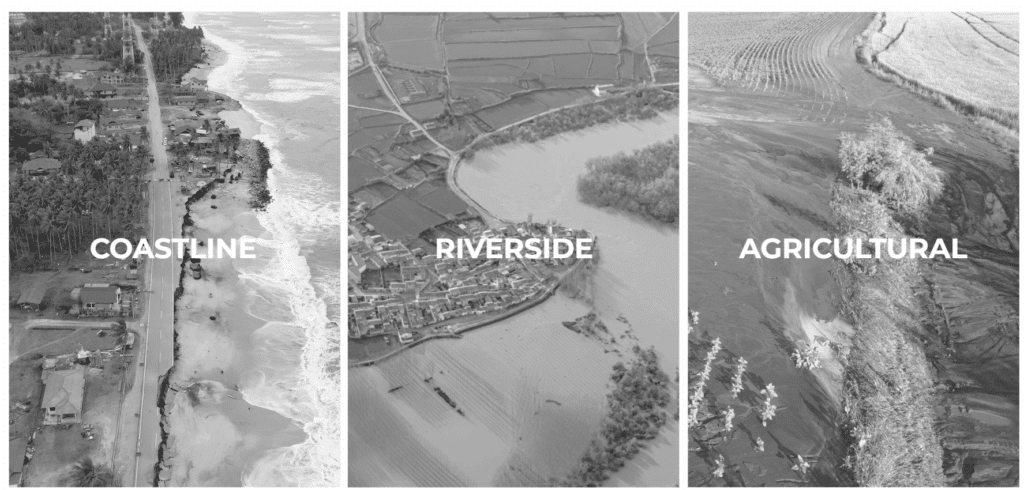
The research has 3 main typologies, biological, structural and design.
BIOLOGICAL TYPOLOGY
started by studying the environmental requirements and growth of species that combat erosion. Sea grasses grow in muddy water and can go up to 16ft deep. Mangroves, spread 30ft wide and thrive in saline muddy soil. Ferns have shorter roots but have dense root systems in loamy soils and sedges can grow deep in any kind of soil and extreme conditions.
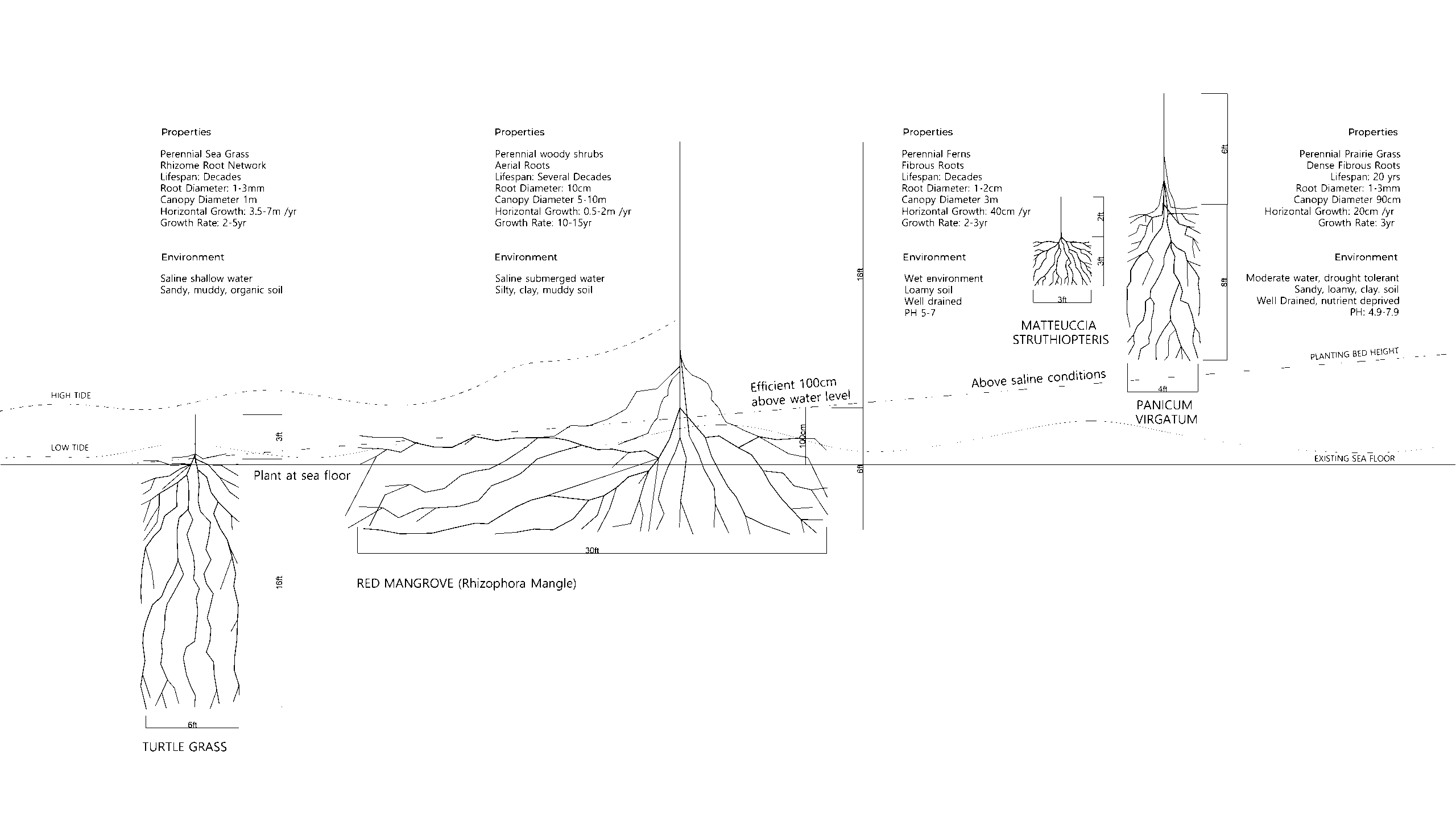
To understand roots and their bounding ability, we tested mock species with fast growing time. Grasses and kidney beans resulted in fastest growing dense root system.

Soil composition matters a lot when it comes to growth for water permeability, erodibility. Ideal soil has silt, sand, clay and organic components. Since we are using local Valldaura soil we tested its properties. It is ideal, but lacks organic content. So we introduced powder and fibrous based binders.

For strength moisture and growth, x-gum, tannin and agar agar gave us the best results. For reinforcement, moisture and porosity, hemp, coco peat and husk were ideal.


MATERIAL MIXING FOR PRINTING TESTS
Manual extrusion and binder jet prints to test for growth, mold, rigidity, porosity and binding

STRUCTURAL TYPOLOGY
What is binder jetting

Why this technique?

further tested for cantilevers and forms with a mix of clay and tannin for the binder, layered between soil, for the structural outer edge, and alginate for the binder layered between organic soil for areas hosting plants. The results were organic forms that achieved strength, porosity and growth.

PRINTING CONSTRAINTS AND TOOL DEVELOPMENT
There are a few limitations regarding the printing tool and the size of the frame in which the geometry is being printed. When moving onto the robot, It’s important to check the tool path of the syringe, but also the end effector mount, and provide enough clearance for the tool to deposit the material without hitting the box frame.

DESIGN TYPOLOGY
The goal of the design is to have a system that changes with time, cycles of nature and it’s surroundings. Where roots are being supported to achieve their primary strength.
Digital Growth Study

Developed a catalog of organic geometry that responds to our printing technique, species depth requirements, water absorption, and digital growth.

A master plan over time showing the erosion of our scaffold system, as the plants start to take over was imagined. Stage one is 0-3 yrs where it’s mostly the print, second stage is from 3-5 years where the roots start to bind to the structure and lastly stage 3, 5- 20+ years where the scaffold gradually erodes as the roots take grounding.

Not only does this system allow for plants to take over, it created an entire ecosystem from underneath the soil, to the water to the land. Microbiomes can improve the soil health, marine species start to co-exist and land life emerges. Each zone is supported by soil mix that corresponds to its needs.

The 3-5 year period if what we decided to represent in our prototype. First we created the base mimicking the slope of the land, on which we printed within 3 boxes. Printing in boxes, then moving the print on site and then excavating is also how we imagine this being fabricated at 1-1 scale.
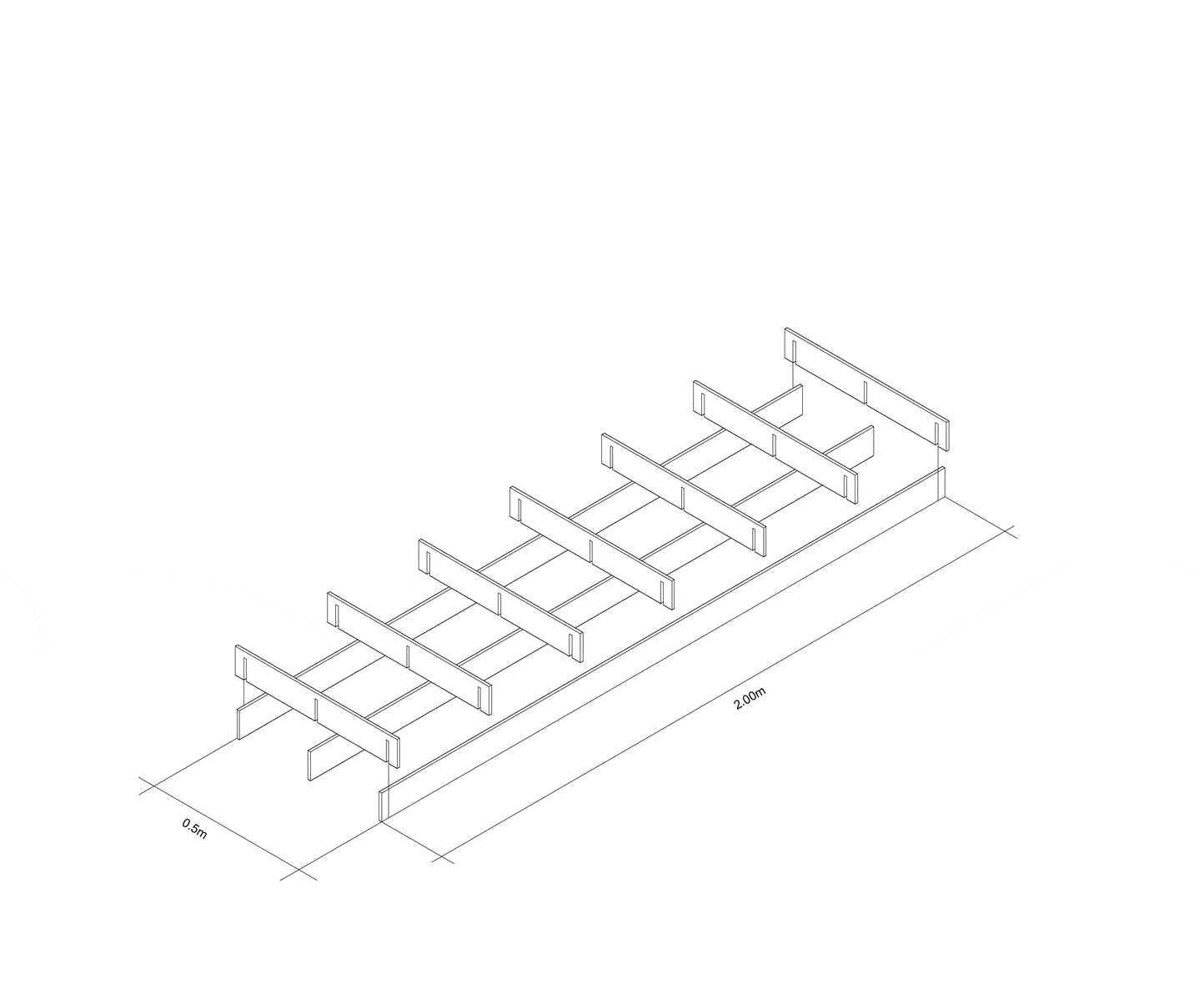
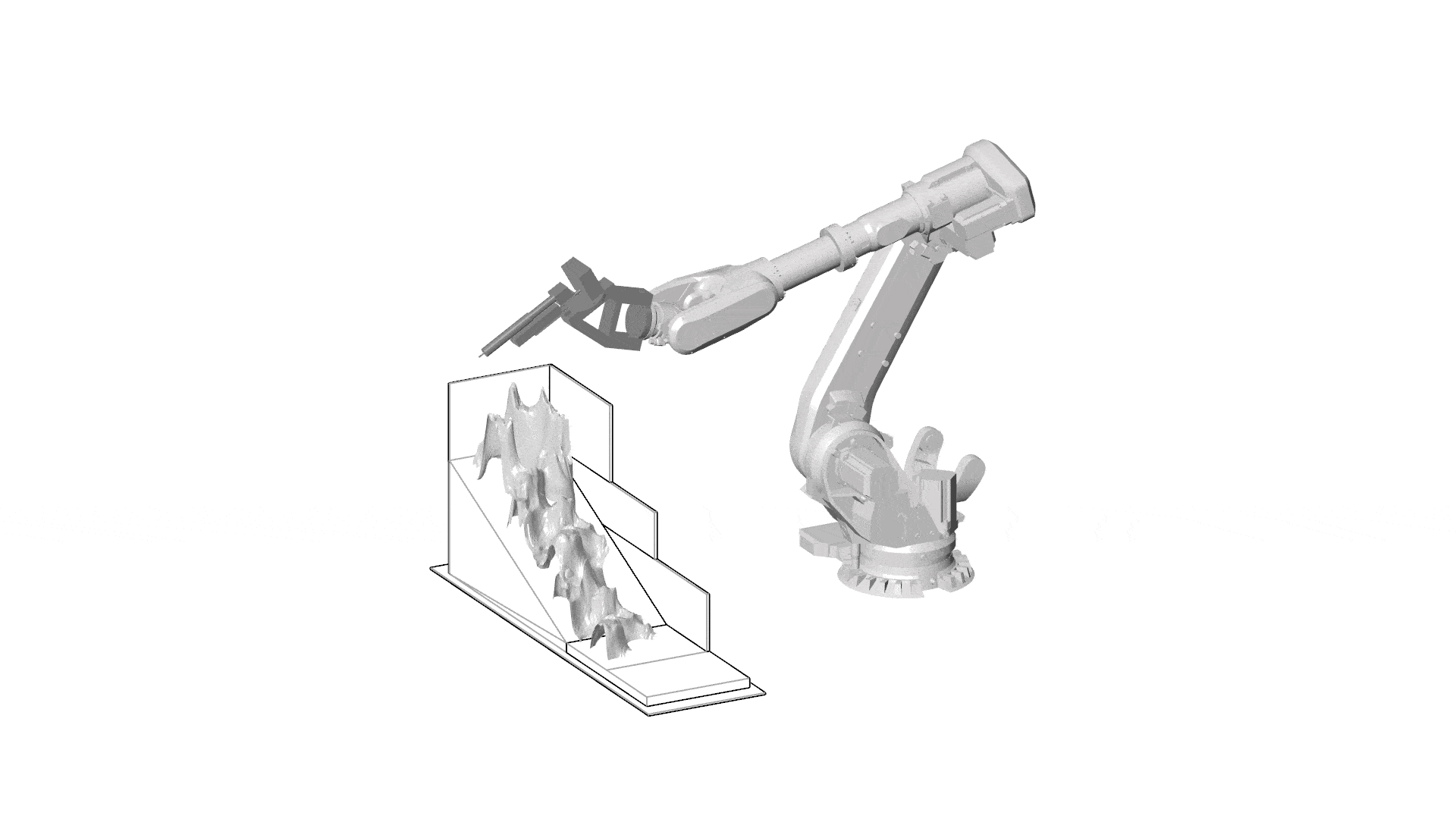
SITE SCENERIO APPLICATION
A section of a riverbank being carved away by high tide. Introducing our terraced system essentially slows down water run-off by pooling and absorbing water in certain pockets, and also allowing species to overtime find a home within the soil, the lattice structure and also the roots of the plants.

We can also imagine this on a coastline. This intervention is an ecotone, where ecosystems from the land and the sea begin to co-exist and This buffer can regulate flows of nutrients, water, and organisms.

The ebro delta is the most important wetland in spain and welcomes thousands of rare species every year. Its an important ecotone, not just because of its rich biodiversity, but its also responsible for water usage for agriculture, drinking and so on. But, with threats such as damns, depleted soils and climate pollution, the river is prone to flooding.
The town of Tortosa has the biggest community along the river which could be impacted by the floods.

The town has existing infrastructure to deal with erosion and riverbank edge.

THE INTERVENTION
This location is the perfect site for our intervention, where we re-imagine the current sea wall with our system that over time will be taken over and protected by the roots. One way our design can be imagined is by activating the walkway and connecting the people to the rich biodiversity of the river ebro, bridging the gap between humans and nature.



Not only will this intervention bring people closer to the river front, it will also create habitats for multiple species beyond human and plants, while slowing down the impact of rising water levels, and water run-off.
